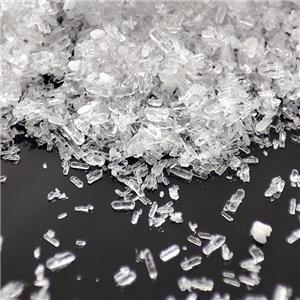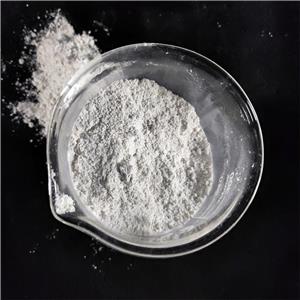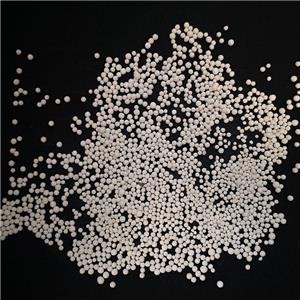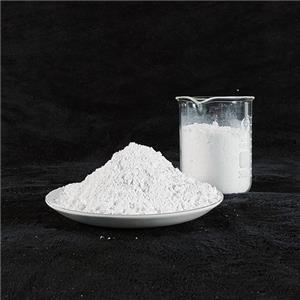What Are 3 Uses of Magnesium Hydroxide?-2
2. Magnesium hydrate as a Flame Retardant in Materials
Overview
Another significant use of Magnesium hydrate is as a flame retardant in various materials, including plastics, rubber, and textiles. Flame retardants are substances that are added to materials to prevent or slow down the spread of fire. Magnesium hydroxide is an effective flame retardant due to its ability to release water when heated and its endothermic decomposition, which absorbs heat and cools the material.
Mechanism of Action
When exposed to high temperatures, Magnesium hydrate undergoes thermal decomposition, releasing water vapor and forming magnesium oxide (MgO). The chemical reaction can be represented as follows:
Mg(OH)2→MgO+H2OMg(OH)2→MgO+H2O
The release of water vapor helps to dilute flammable gases and cool the material, while the formation of magnesium oxide creates a protective barrier that inhibits the spread of flames. Additionally, the endothermic nature of the decomposition reaction absorbs heat from the surrounding environment, further reducing the temperature and slowing down the combustion process.
Advantages and Considerations
Magnesium hydrate offers several advantages as a flame retardant:
Non-Toxic and Environmentally Friendly: Unlike some halogen-based flame retardants, magnesium hydroxide is non-toxic and does not release harmful gases when it decomposes. This makes it a safer and more environmentally friendly option.
High Thermal Stability: Magnesium hydrate has a high decomposition temperature (around 330°C), making it suitable for use in materials that are exposed to high temperatures.
Compatibility with Various Materials: Magnesium hydrate can be easily incorporated into a wide range of materials, including plastics, rubber, and textiles, without significantly altering their properties.
Applications in Industry
Magnesium hydrate is used as a flame retardant in various industrial applications, including:
Cable Insulation: Magnesium hydroxide is added to the insulation of electrical cables to prevent the spread of fire in the event of a short circuit or overheating.
Polymer Composites: It is used in polymer composites for construction materials, automotive parts, and electronic components to enhance their fire resistance.
Textiles: Magnesium hydroxide can be applied to textiles to make them flame-resistant, which is particularly important for protective clothing and furnishings.
Challenges and Future Directions
While magnesium hydroxide is an effective flame retardant, there are some challenges associated with its use. One of the main challenges is the relatively high loading required to achieve effective flame retardancy, which can affect the mechanical properties of the material. Researchers are exploring ways to improve the efficiency of magnesium hydroxide as a flame retardant, such as by combining it with other flame retardants or using nanotechnology to enhance its dispersion in materials.




